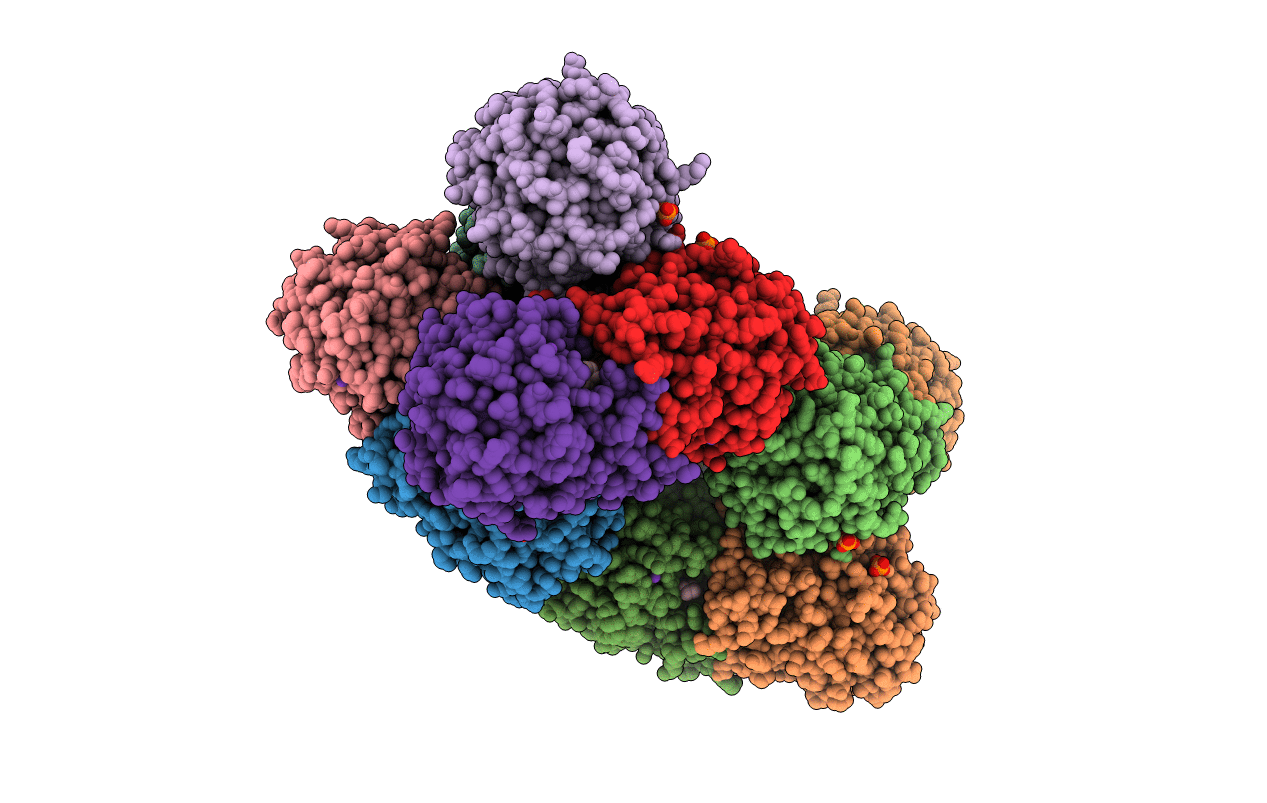
Deposition Date
2011-01-07
Release Date
2011-03-02
Last Version Date
2024-04-03
Method Details:
Experimental Method:
Resolution:
2.35 Å
R-Value Free:
0.22
R-Value Work:
0.18
R-Value Observed:
0.18
Space Group:
P 1


